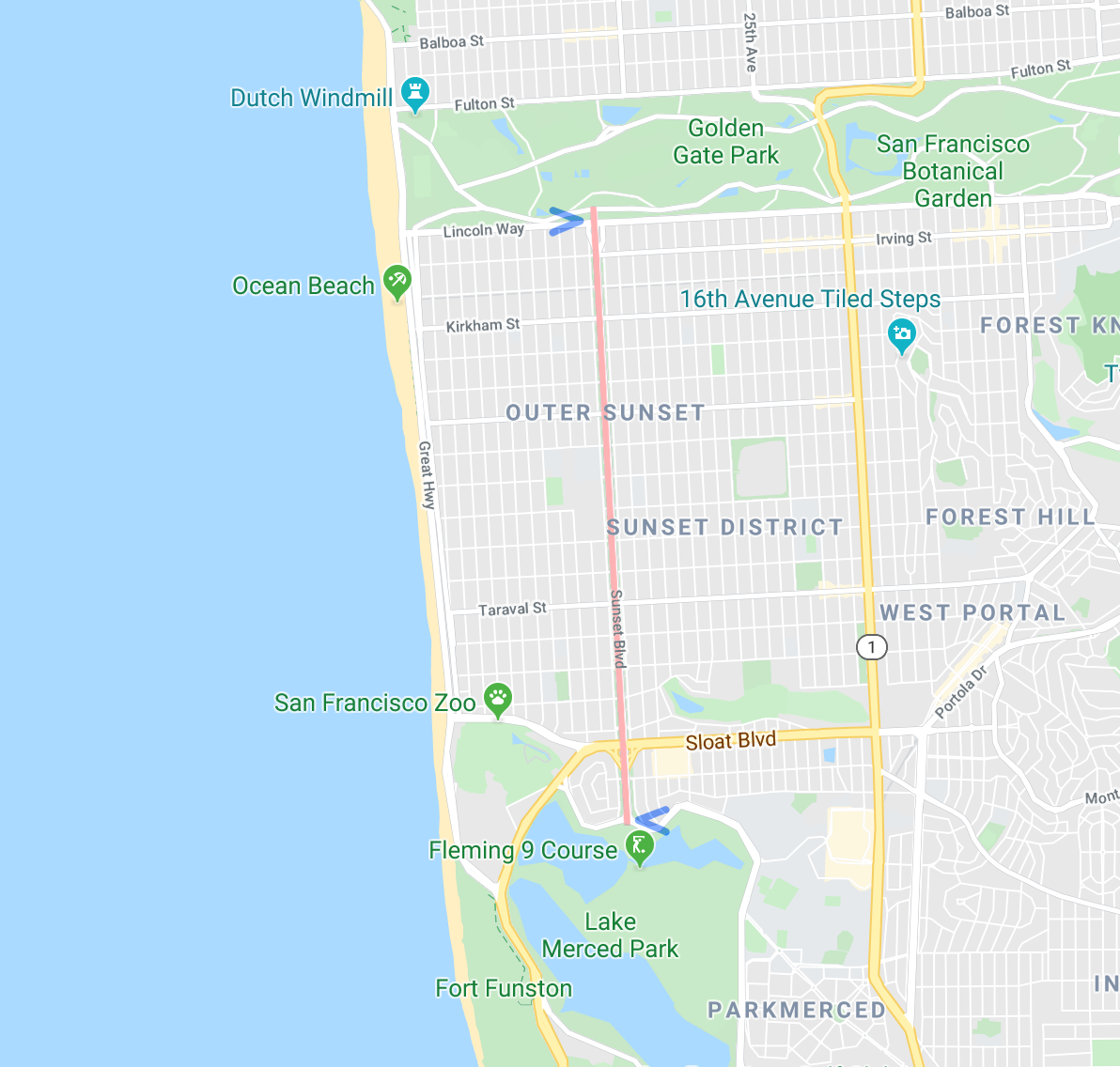Here with Climate Action Now!, we measure our success in several ways. First and foremost, we measure our success in diversity and participation. Our botanical selections represent our City’s cultural diversity, with plants represented indigenous to San Francisco as well as others from throughout the world.
California native and other drought tolerant plants are selected to ensure longevity, and adaptation to California’s drying climate.
Ensuring flower production throughout the seasons increases forage capacity for local pollinators, creating hubs of biodiversity from hummingbirds to bats, bumblebees and moths.
Diversity in the urban forest is key as the climate changes. California native trees, like Monterrey Cypress, California Buckeye, Coast Live Oak, and Toyon thrive in the Sunset District’s coastal dunes. Southern California’s Channel Island trees like the Catalina Ironwood, Island Oak and Island Cherry can handle the western blistery ocean exposure also found in the Sunset District. Trees like these have been selected because precipitation patters are changing. And with rainfall more and more resembling that of southern California every winter, we’re planning a plant palette for California’s future.


